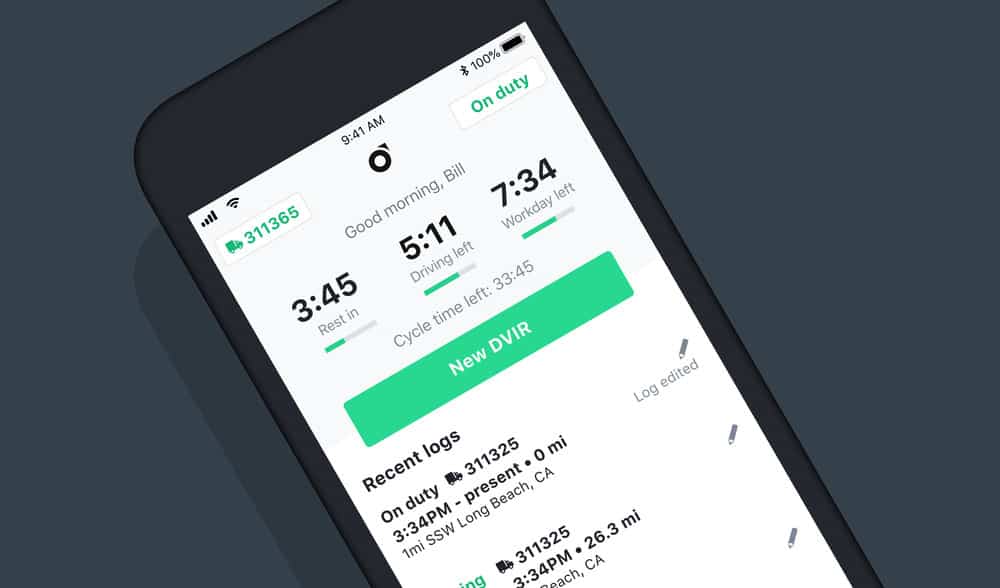
Newly launched venture called Transmission aims to bring low-cost ELD product to drayage and intermodal motor carriers.
Freight forwarder Flexport is planning to enter the electronic logging device market as it spins off some of its technological prowess into a new company called Transmission.
The new entity, which will also be based in San Francisco, stems from Flexport’s own efforts to foster greater use of digital technology in supply chains and logistics networks, says Leo Ospina, Transmission’s head of marketing and business development.
“Transmission was created to build products for trucking companies to be more efficient and transparent,” Ospina said. “The idea is a continuation of Flexport’s ongoing mission. It makes sense we build off this for the trucking industry.”
Even though Flexport will be its sole owner, Transmission will be a separate legal entity to allay concerns that any customer or other data from motor carriers will be shared with Flexport, Ospina says. Transmission’s founders and employees all come out of Flexport.
“We are going to customers that are working with Flexport’s competitors,” Ospina said. “We don’t want trucking companies to feel uncomfortable with us.”
But Ospina says he is looking for carriers to share information and data so Transmission can create other products down the road.
Transmission’s first product is a low-cost ELD targeting drayage and intermodal carriers. The hardware will come from Canada’s Geotab with Transmission designing the software. The Transmission ELD will cost $25 per month with network service being provided by AT&T (NYSE: T)
Other ELD devices in the market can cost between $200 and $300 for the device and installation. Network service on top of that costs around $20 to $40 per month.

ELDs have been adopted by about 80% of the carriers in that market segment, Ospina says. Transmission expects to get some of those carriers to switch thanks to the low cost of its product.
As for the remaining 20%, Ospina says the short routes in drayage and intermodal mean not all carriers are concerned about tracking hours-of-service. But the ability of ELDs to open up new efficiencies for drayage and intermodal carriers.
“While a lot of companies don’t need to track hours of service, they want visibility into their assets through GPS and tracking,” Ospina said.
To that end, Transmission has also developed a phone-based app for drivers to get real-time load updates. Drivers will also be able to use the app to scan proof-of-delivery information once a container is delivered.
Previously drivers would have to take the paper copy of a proof-of-delivery and scan them once they returned to an office.
Automating proof-of-delivery and other steps can save motor carriers “hundreds of hours per year,” Ospina said.
With numerous apps vying for drivers’ attention, Ospina says it’s important to make an app as accessible as possible to drivers. Transmission’s app is available in Spanish and Chinese, as well as English, to ensure it can be used by a wide variety of drivers.
Long Beach, California-based JC Transport is using Transmission’s ELD in its roughly 100-strong fleet of trucks, which do between two and three turns per day. Ospina says about 70% of drivers use the app in Spanish.
Ian Weiland, who heads sales and Operations at JC Transport, says monitoring shipments, truck routes and hours of service “within one central app saves countless hours of phone calls with a driver.”
“Transmission provides the visibility into our operations that we’re looking from an ELD provider,” Weiland said. “We have full confidence in how the Transmission team manages our confidential data.










